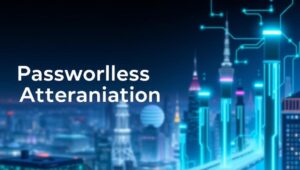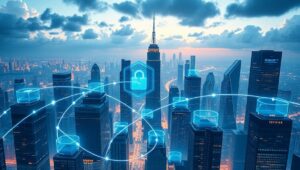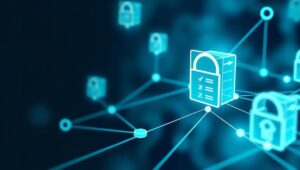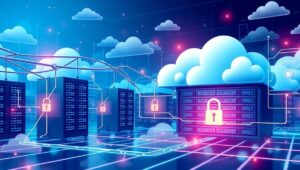May 23, 2025
Zero Trust Architecture: The Gold Standard by 2025
Zero Trust Architecture: The Gold Standard by 2025 In an era defined by increasingly sophisticated cyber threats and the evolving landscape of remote work, traditional security models are proving inadequate. Organizations are now pivoting towards a more robust and adaptive approach: Zero Trust Architecture (ZTA). By 2025, Zero Trust is poised to become the gold standard for cybersecurity. What is Zero Trust Architecture? Zero Trust is not a specific technology but a security framework based on the principle of “never trust, always verify.” Unlike conventional models that assume trust within the network perimeter, ZTA operates on the assumption that threats












